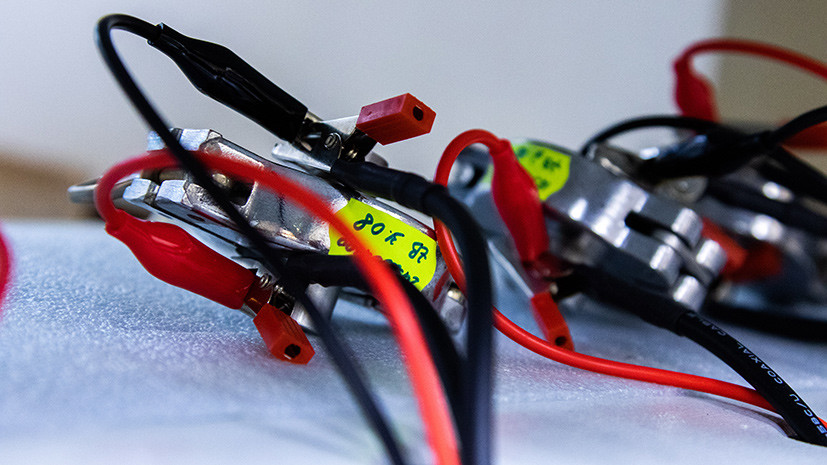Employees of the Faculty of Chemistry, Moscow State University MV Lomonosov synthesized a promising material for new generation batteries.
The cost of the main working cation of the sodium-ion battery is about a hundred times lower than that of the lithium-ion battery, since the chemical properties of sodium allow the use of light and inexpensive aluminum instead of copper. However, a promising technology has a significant drawback: a sodium carbonate-based battery is 30-50% larger in size than its lithium counterpart with a similar energy intensity. However, Russian scientists have found a way to eliminate this problem.
“Oleg Drozhzhin’s group discovered an interesting structure previously described only for large alkaline cations - potassium, rubidium, cesium - and tried to synthesize a new compound with sodium in order to check its electrochemical properties. They turned out to be unique, ”commented the result of the work of the acting Dean of the Faculty of Chemistry of Moscow State University, Corresponding Member of the Russian Academy of Sciences Stepan Kalmykov.
- Electrochemical cells for testing new materials developed at Moscow State University
- © Alexandra Kucherova / Moscow State University
At the same time, the energy intensity of the new structure was only 20% less than that of the lithium cathode material LiCoO2.
Another important property of the synthesized material is an extremely small change in its volume (only 0.5%) during battery charge and discharge. Only lithium-titanium anode material, which is used in modern batteries of electric cars and electric buses, has similar characteristics.
“The less the material volume changes during a charge-discharge, the longer it will be able to work stably. Many of the compounds have not been used in batteries due to a significant change in volume, ”said Oleg Drozhzhin, the head of the study.
In the near future, scientists plan to improve the electrochemical properties of the compound and, as a result, the characteristics of the resulting material.

